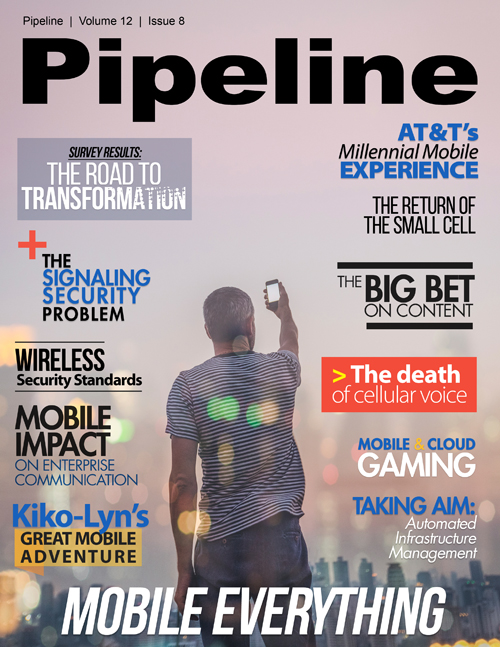Mobile Impact on the Enterprise in 2016
Mobile Messaging Will Give Call Centers Deep Insights
By communicating with customers via mobile, enterprises are provided with a variety of critical, individualized data â contact and transaction information, and interaction history and information across phone, chat, email, social media and SMS. And whatâs the best way to interact with consumers? Know who they are and what they like in order to better serve them. In 2016, thanks to text messaging, contact centers will have more valuable 360-degree insights into their customers than ever before. With this information, businesses can turn troves of data from disparate sources into actionable insights to provide customers with a highly-relevant and personalized experience, resulting in increased brand loyalty.
Consumers Will Demand Mobile Customer Service
When it comes to customer service, todayâs consumers â especially millennials â are more unforgiving than ever. Eighty-six percent of customers will quit doing business with a company if they have a bad customer service experience, and just a 1% drop in service is equivalent to a 15% drop in customer satisfaction. When they do experience poor service, itâs easier than ever to post a bad review via social media or review sites to damage the companyâs reputation. To avoid negative reviews and losing customers, itâs important for companies to provide the type of service their customers want. For millennials â who will make up 75% of the workforce by 2030 â that means receiving information quickly and via mobile.
Millennials hate being told theyâre a valued customer while having to wait to speak with a representative for an extended amount of time. In fact, theyâd rather avoid speaking on the phone altogether. Today, 64% of millennial consumers prefer texting a company for information versus calling them, and 77% of them have a more positive perception of a company they can reach via mobile messaging.
In addition to pleasing customers with quick and efficient communication, companies using mobile messaging-based customer service will be able to manage multiple inquires at once, allowing them to resolve more inquiries and close customer service tickets at a higher rate. This means companies will have the opportunity to more cost-effectively improve customer retention rates, while creating long-term loyalty and revenue opportunities in the process.
Enterprises must adopt âNew Ageâ communications as consumers look toward Emoji-based mobile messages, increasing their volume by 25% next year. Millennial consumers are ingrained to appreciate the âshort and sweetâ and personalized â the essence of the emoji. In 2016, more customers will want to interact with enterprises in the same manner. While traditionally thought of as an unconventional business to consumer communication practice, todayâs consumer has become accustomed to communicating in such a fashion. In fact, while emojis used to be predominantly texted and tweeted by teens, today there are more 25-29-year-olds identifying as âfrequent usersâ (75.9%) than under-25-year-olds (72.2%), according to Emogi.
Additionally, more than six out of 10 in the age 35+ crowd self-identify as frequent users. A great example of a business using emojis to engage with their customers is Domino's Pizza, who allows customers to order pizzas by simply texting a pizza emoji directly to the company. The signs are clear: enterprises that donât begin to adopt this practice will lose valuable mindshare with not just the largest generation today â millennials â but also the generation that precedes them. The bottom line in 2016 is that consumers will have a zero-tolerance policy for service that isnât prompt, customized and securely delivered via their mobile device.
To succeed with customers and meet their mobile needs, enterprises will need to focus on mobile web and SMS communication, leverage SMS to increase security, and dive into customer insights provided by using text messaging. By integrating SMS in new and unique ways in the coming year, enterprises have an untapped opportunity to enhance the customer experience and build long-term loyalty. For mobile network operators, there is a clear opportunity to improve their own customer experience and to partner with their enterprise customers to provide more mobility solutions.



















